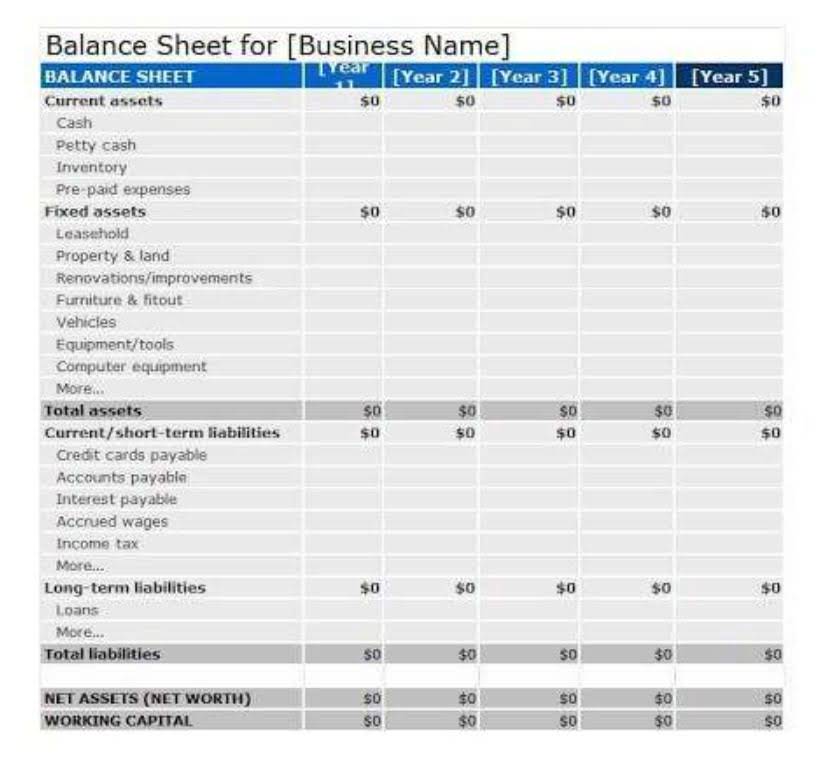
Properly calculating inventory reserves ensures that a business has adequate funds set aside for any unexpected situations that may arise. The obsolete inventory percentage is used to derive that portion of inventory that is no longer usable. The percentage should be tracked on a trend line and compared to the results of similar businesses, to see if a company is experiencing an unusually large proportion of inventory problems. Trend line tracking can also be used to see if there has been a gradual change over time that should be rectified. An inventory write-off, on the other hand, is inventory that has been deemed worthless based on the actual findings. There are three ways to estimate reserves—you can either estimate them as a percentage of sales or a percentage of gross inventory.
- Fit for a petite prince or princess, our Little Royals package pairs the luxury of Lotte with wonder and whimsy.
- The warehouse manager of Mole Industries wants to investigate the extent of obsolete inventory in his warehouse, so that he can remove items and consolidate the remaining inventory.
- The only difference would be how write-offs are accounted for when using the direct or allowance methods.
- For example, if the inventory cost is $50,000, and the NRV is estimated to be $40,000, the LCM inventory reserve would be $10,000 ($50,000 – $40,000).
- Wealth does not guarantee happiness and can impact mental health, relationships, and sustainable living.
- Conservatism dictates that assets should not be so overvalued that it would alter the interpretation of decision-makers.
Accounting Ratios

You need to make a best estimate of the cost of inventory that can’t be sold. If you meet both requirements, you should make adjustments for inventory reserves in the income statement and balance sheet (more on that in the succeeding sections). Inventory reserve allows the management to record expenses before the actual loss on the inventory. It helps management to allocate the inventory loss over its life and prevent the impact on any specific accounting period. When actual loss incurs, it will not increase additional expense as company already predicts and record the expense. On 31 Mar 202X, management needs to record inventory write-down expenses based on the management estimation.

What Are the Financial Implications of Obsolete Inventory?

However, this policy shifts towards a proactive approach, potentially vital in reducing excess and obsolete stock issues for your business. This reserve is set aside to ensure that the business has adequate funds to cover the cost of writing down inventory to its lower of cost or market value. The need for an LCM inventory reserve arises when the market value of inventory declines below its cost. The review may include an analysis of the market demand for the product and the likelihood of the inventory being sold within a reasonable period. Based on the review results, the business may determine that a portion of the inventory is excess and may need to be disposed of or written off. The need for an excess inventory reserve arises when the inventory levels exceed the demand, and the inventory is expected to lose value over time.
Accounting Methods for Obsolete Inventory by GAAP
ABC need to debit inventory write down $ 5,000 and credit inventory reserve $ 5,000. SO the company always estimates the inventory write-down and records inventory obsolescence reserve it into income statement. Obsolete inventory reduces total current assets, which can weaken liquidity ratios like the current ratio and quick ratio.
Related AccountingTools Courses
It allows the company to record expenses before the inventory is actually written off, so the expense will spread over the financial statement. It will prevent the expense from hitting a particular accounting period and cause a significant impact on profit. A number of companies, especially in high-tech industry have limited product life cycle and ever reducing market prices for their products. Lead times for the entire supply chain are typically upwards of 3 months and hence companies try to keep some stock against forecast. Rapid developments and fierce competition sometimes leads to excess and/or obsolete inventory, with less demand to consume the available and committed supply (and pipeline). When a company creates an inventory reserve, it sets aside money to cover the cost of any inventory that is not sold.
Bookkeeping
He has a CPA license in the Philippines and a BS in Accountancy graduate at Silliman University. Inventory reserve is an estimate of inventory that will not be sold, while reserve stock is inventory set and held back to meet future demands. At some point, a company will have to concede that they have inventory that can’t be sold. Such would be the case with a pallet of rotten tomatoes in a grocer’s warehouse, for example, or a stock of outdated computer components. When this happens, the company “writes off” those items, meaning it takes them off the books, and the company absorbs the costs.
- The management needs to provide a high rate of provision for such kind of inventory as they have a high rate of loss due to damage or obsolete.
- The percentage is then multiplied by the total inventory cost to arrive at the amount of the excess inventory reserve.
- You can improperly alter a company’s reported financial results by altering the timing of the actual dispositions.
- The company still owns the inventory on the balance sheet, so the inventory reserve will be used to net off when actual loss incurs in the future.
- Finally, we have to ensure that inventory reserve is eliminated if the company gets rid of all inventory on balance sheet.
- The other method is the aging method, but in our expert opinion, that is too tedious, especially if you track different categories and types of inventory.
What is the Obsolete Inventory Percentage?
- Inventory reserves can be a valuable tool for companies to manage their financial risk.
- It will prevent the expense from hitting a particular accounting period and cause a significant impact on profit.
- There are two reasons why inventory reserves are important in financial reporting.
- For example, you have $20,000 worth of appliances that aren’t moving, so you discount them 25 percent to a total of $15,000.
- Companies can protect themselves from financial losses by setting aside money to cover the cost of any inventory that is not sold.
Empowering Financial Controllers and Supply Chain Managers
- The valued inventory should have demand and the market price should be more than the reported value.
- When the inventory write-down is small, companies typically charge the cost of goods sold account.
- In conclusion, understanding the different types and uses of inventory reserves is crucial for any business.
- Through inventory reserves, businesses can estimate future inventory write-downs and record them evenly throughout the year without causing significant fluctuations.
- If the actual loss is lower than the estimated expenses, the company already record expense more than it should be.
0 Comments
Leave A Comment